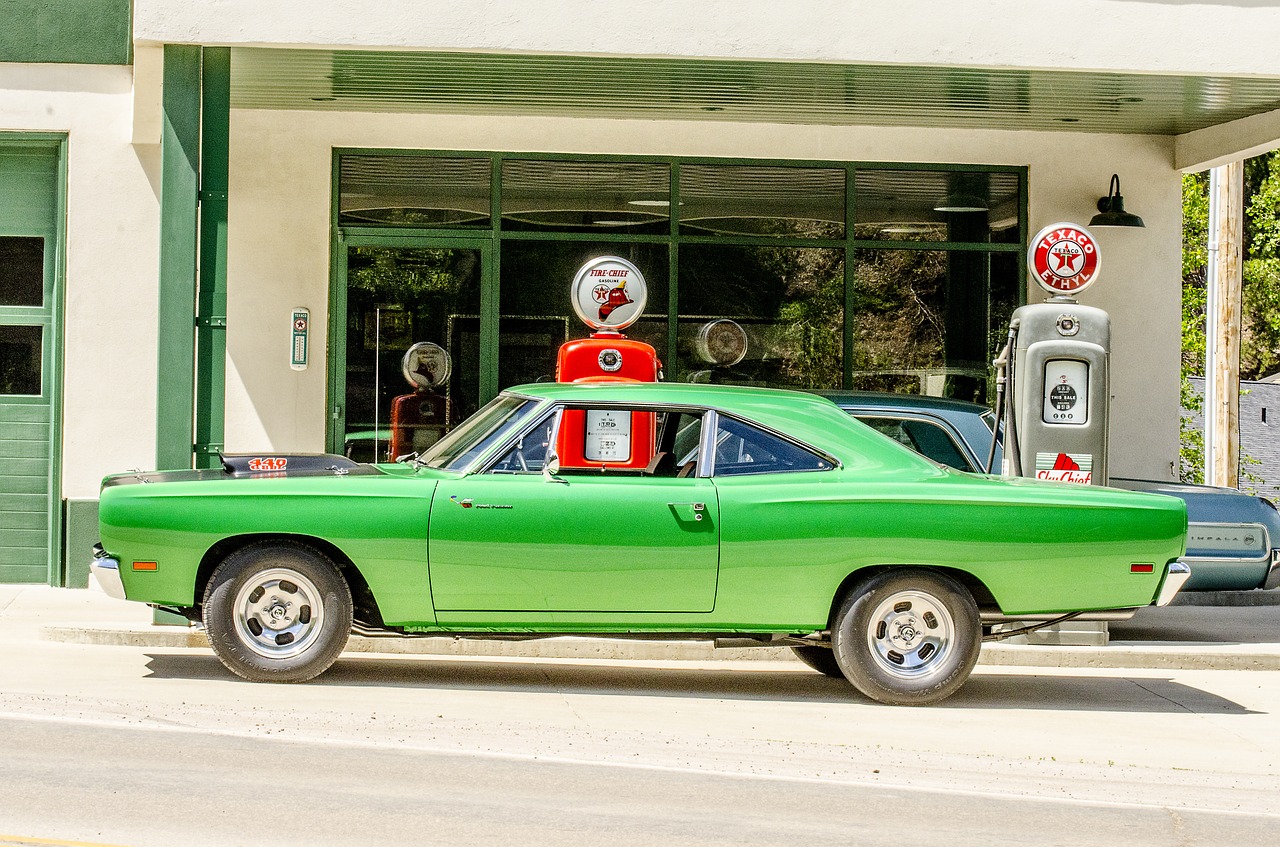Cars
Roadside Emergency Kit – What Should You Put In It?
Most men are hard-workers. We work hard during the day so that when our eight hours are finally up, we can leave our workplaces without stress. We take pride in rewarding ourselves in small and simple ways – such as being able to drive home in an all-black, 24″ chrome-rimmed Jeep Grand Cherokee after looking at a computer screen for the whole day.
Usually when I end work, I subconsciously pump myself up because I know I’ll be home soon. But that didn’t happen to me last week.
After working from 8am – 4pm, I was tired. My eyes are sore and my armpits are sweaty from being in a stationary position for so long. Seemingly ready to drive, I tried to enter my Jeep.
It didn’t open.
I pulled the handle and let out an exasperated sigh. I locked myself out of my car – most likely because I was in a hurry on the way to work the same morning.
However, I didn’t sweat the situation too much. I’m too smooth for that. I have a way of opening my trunk without the use of my keys – and located in my trunk/savior is an extensive, home-made roadside emergency kit. Luckily for me that day, I used a SlimJim – one of the auto opening tools I bought for my kit – and was able to unlock my door in less than 30 seconds.
Most men can learn from both my mistake and preparations just in case something similar happens. From lockouts, dead batteries, lack of gas, etc., roadside emergency kits have the potential to save time on almost any situation that doesn’t require a mechanic. Most towing services take about 30 minutes to one hour to arrive at your location and most of us don’t have that time.
But what should you have in your roadside emergency kit?
First-Aid Kit
Being that your physical health is much more important than your car’s, make sure you are able to patch yourself up in case you ever encounter a situation that could hurt you while driving.
There are many pre-packaged first-aid kits that allow you to treat a range of problems. Look for kits that have a variety of bandage sizes – from small cuts or burns to ones that require major bandaging. Have antibacterials ready to prevent infections.
You can also save money by making a homemade roadside emergency kit – rather than buying a pre-packaged one.
Fire Extinguisher
Car fires can happen – even from simple issues like a wiring short circuit or leaking oil. Keep a fire extinguisher in your car to quickly dose a small fire before it expands. Buy yourself a fire extinguisher.
Typically, most car fires are classified as Class B and C fires (B fires are typically grease and oil fires, C fires are typically electrical). Because not all fire extinguishers are the same (some are made differently to tailor to certain fires) it’s advised to have more than one variety of extinguishers.
Flares
Sometimes, drivers don’t notice drivers experiencing an emergency that are parked on the shoulder of the road.
Use flares, and make sure they’re noticeable. Look for a battery-powered warning light that can be placed far from the vehicle. Reflective hazard triangles and flares are also effective and don’t need batteries.
Jack & Lug Wrench
Most vehicles will have a vehicle jack and a lug wrench when you purchase the vehicle. However, make sure you have these in your roadside emergency kit. Flat tires happen more often than we’d like.
Another smart idea is to have a spare tire that matches your other four tires – instead of a “donut” tire that’s meant to be used for a short period of time. If you get stranded in the middle of nowhere and you have a flat tire, you’ll be happy for the spare.
Spare Fuses
If you experience an electrical problem, your first check should be for a burned-out fuse. These are easy to check and replace by referring to your owner’s manual. Keep an assortment on hand of the proper type for your vehicle.
Jumper Cables
Sometimes, you leave your car lights on during the night. Sometimes, you’re listening to your radio while the engine is off for an extended period of time. Sometimes, your battery just sucks.
During those times, jumper cables save time and heartache. Not only are having jumper cables beneficial for your safety, but they can also be used for others with a dead battery who need a jump start.
Flashlight
When your car fails you at night, flashlights are handy. Cell phone flashes aren’t strong enough to fully examine what your car’s issue is – so choose one that is bright and weatherproof. A flashlight with extra accessories can free up your hands – look for features such as a mount, extra light, etc.
Camera
Following an accident or car issue, this lets you record the condition of your vehicle and other vehicles for insurance purposes. A cell phone camera can also work, but the higher quality your camera is, the easier it is for insurance to evaluate.
With nearly every adult American driving, it’s almost inevitable that the average driver will experience car difficulties in their lifetime. Most people aren’t ready for it. They’re quick to pull over and call AAA.
But what happens when you can’t call AAA? You look to yourself – be a man and fix it!
Should I add some more items to my roadside emergency kit? Let me know in the comments.


















Recent Comments